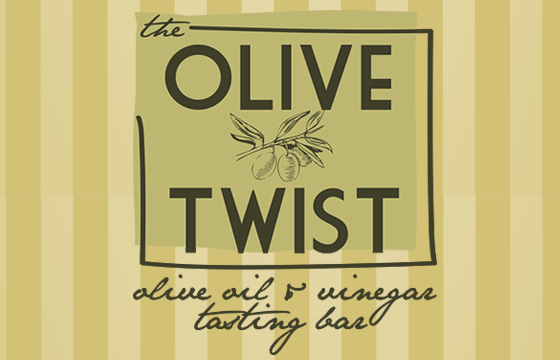- Continue Shopping
- Your Cart is Empty
Vinegars

SHOP NOW:
Balsamic Vinegar Production:
Balsamic Vinegar of Modena is a vinegar that dates back to ancient Rome. The product is obtained by using the cooked juice of the group, known as the "must." There is confusion in understanding aging claims, quality of ingredients and origin. Only Traditional Balsamic Vinegar of Modena, Traditional Balsamico Vinegar of Reggio Emilia and Balsamic Vinegar of Modena are regulated and approved by the Italian government and European Union to grace the simple title of Traditional. Our product is a variation of Traditional Balsamic Vinegar of Modena.
Balsamic vinegar production is similar to the making of wine. This complex aged balsamic vinegar is naturally flavored, using musts of traditional Modena, Italy grape varieties, mainly: Trebbiano, different kinds of Lambrusco, Spergola and Berzemino, with no additives. Open flame slow cooking of the grapes in copper cauldrons until the water content is reduced significantly, starts the process. The result is then stored in wooden barrels and an older balsamic vinegar is added to aid in the acetification. Transferring the vinegar between different barrels gives it a distinct flavor of each wood. The vinegar is divided by age: young 3-5 years maturation; middle 6-12 years; old 12 + years (up to 150 years!). The traditional style condimentos are aged in the same process, but a fine red wine vinegar is added to make it affordable to the common consumer.
So what is a White Balsamic Vinegar?
As with any market, consumers drive the creation of new products. Italian chefs wanted the same characteristics of Balsamic Vinegar of Modena, but without the dark color--it's about presentation, of course!! White Balsamic Vinegar Condimento is the answer to this call for a clearer sauce. The product is made with the same grapes as the traditional-style condimento, however, the grape is not caramelized before being placed in the batteria of barrels. Once in the barrels, the product is processed per the Solera method for twelve years. The Solera Method is the topping up from one year to the next. The essence of the flavors are added to this base, creating intense flavors that are snappy and crisp.
As a Balsamic Condiment, white balsamic vinegars are similar to the Balsamics of Modena. The product is fruitier and less bodied, and the flavor tends to be sharper and less woody, because they are not aged as long.
Ancient balsamic vinegar condimento has been used to both flavor and preserve food. Vinegar is produced by fermenting fruits or grains past the alcohol stage. Primarily the differences between vinegars are what they are made from and the length of aging. Cider, rice, white, and balsamic vinegars are the most commonly known examples of vinegar, though there are other kinds.
The Certification of Traditional Balsamic Vinegar of Modena is Important:
By Italian law, DOP balsamic must then undergo strenuous sensory evaluation as well as laboratory analysis which measures extensive criteria including and most importantly, dry extract solids. Once approved as DOP, it can then only be sold in 100 ml. bottles which are identical based on two exclusive regions of production, Emilio Reggiano or Modena Italy. The bottles from each region are uniform in size and shape regardless of who produced the balsamic. The consortium then licenses the producer to use the 100 ml. DOP bottle which is then, wax sealed, numbered and boxed for individual sale. The wax sealed numbered bottles will never be sold unboxed, as a loose bottle by itself. Furthermore, it is never, sold in other types of bottles outside of the 100ml. DOP bottle, and certainly never in bulk, EVER! Furthermore, this product is rarely if ever used for cooking. It is far too prized and expensive. For this reason, it’s typically served drop by drop on a spoon, like a digestive after a meal. We urge you to open a tiny wax sealed and numbered bottle of DOP balsamic and compare it with our Traditional Style Balsamic Condimento of Modena, Italy. The similarity is remarkable.




